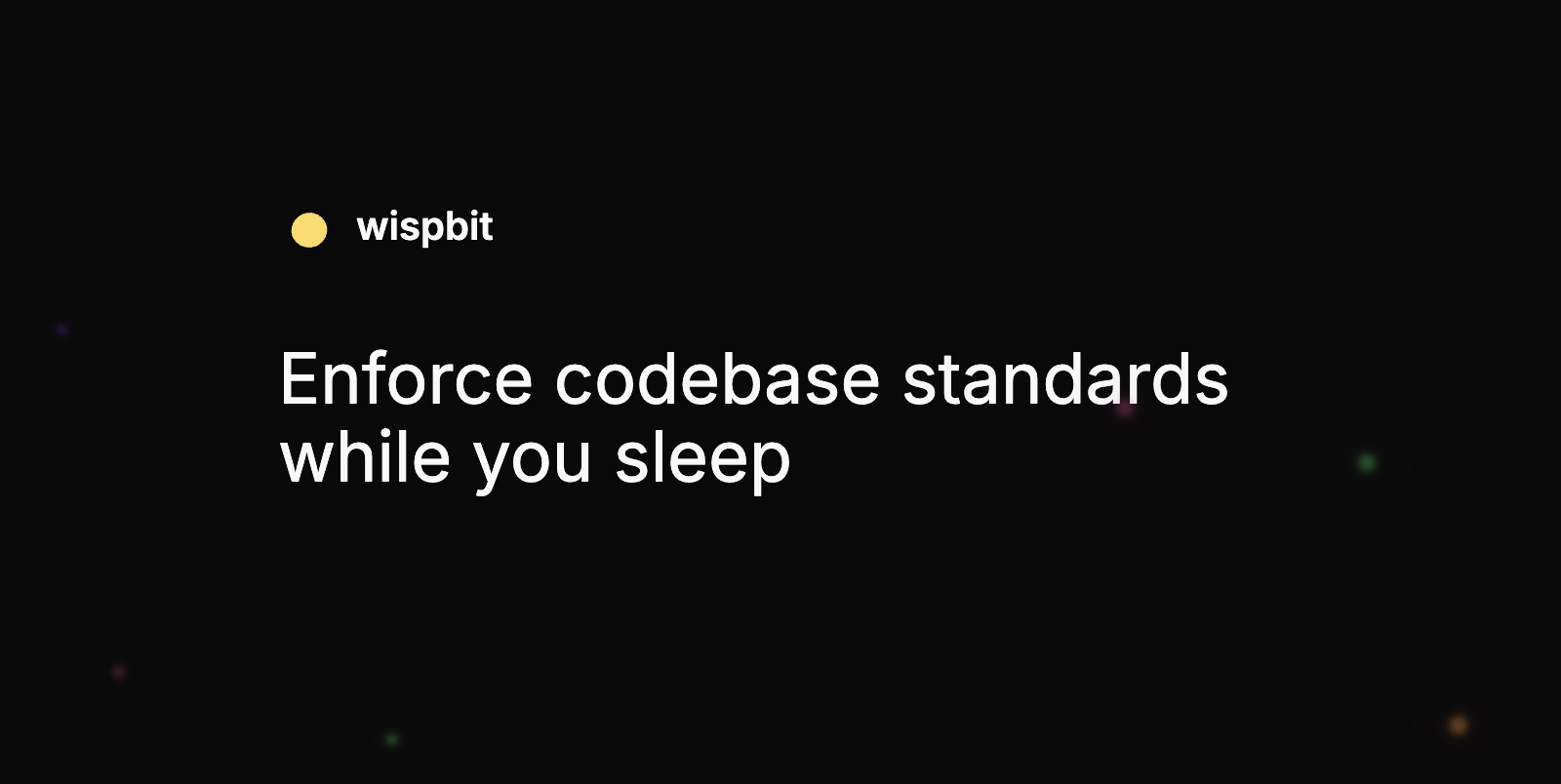DevOps Articles
Curated articles, resources, tips and trends from the DevOps World.
How To Build WebAssembly Components With the MoonBit Language
Summary: This is a summary of an article originally published by The New Stack. Read the full original article here →
WebAssembly (Wasm) is transforming the landscape of web development by allowing developers to write code in various languages and run it in the browser at near-native speed. The Moonbit language specifically focuses on enabling developers to create WebAssembly components seamlessly. It abstracts away the complexities of WebAssembly while providing a simple syntax that is reminiscent of well-known programming languages. This approach allows both seasoned developers and newcomers to experiment with building reusable components that can enhance web applications.
In this article, the author provides a detailed walkthrough on setting up a Moonbit development environment from scratch. By leveraging tools like Node.js and npm for package management, developers can quickly get started with Moonbit. The article highlights key steps, including installing the Moonbit compiler, creating a basic Moonbit application, and compiling it into WebAssembly modules. This process showcases how developers can benefit from Moonbit's simplified syntax and powerful features to unlock new possibilities in web development.
Moreover, the article emphasizes the significance of WebAssembly in modern DevOps practices. By incorporating Wasm components into your CI/CD pipelines, teams can optimize performance and ensure that their web applications run efficiently. This not only streamlines deployment processes but also enhances user experience, which is crucial in today's competitive digital landscape. The combination of Moonbit and WebAssembly can serve as a powerful toolset for developers looking to push the boundaries of what web applications can achieve.
Product
Useful Links
Made with pure grit © 2025 Jetpack Labs Inc. All rights reserved. www.jetpacklabs.com





